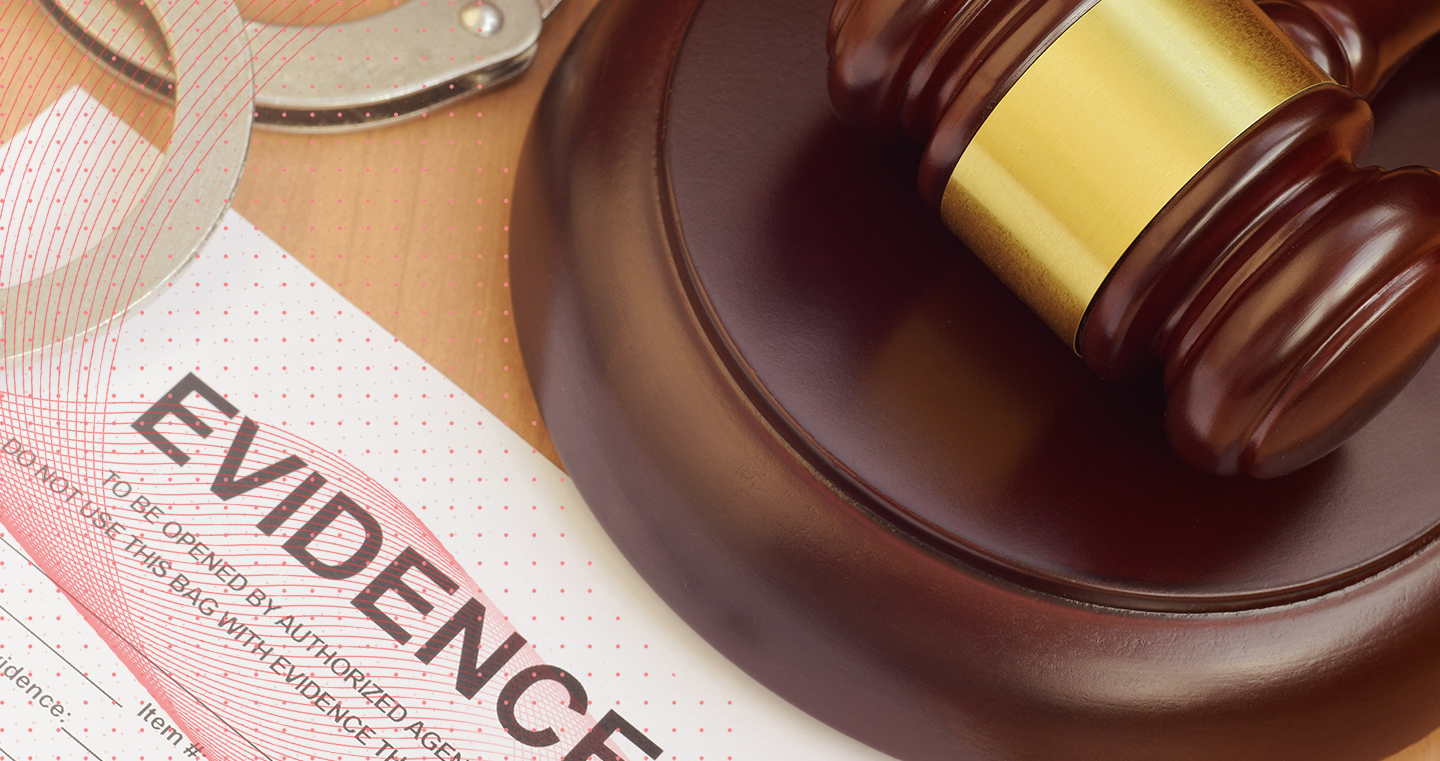Introduction
Prior to the enactment of the Evidence Act 2022 (EA), there was no statutory definition to the term documentary evidence, although, section 2 of the Evidence Act 1976 (Act No. 24/76) stated that such evidence is admissible in court. Up until now, the rest of the rules and principles on documentary evidence were established through precedents of the higher courts.
Documentary evidence is defined in the EA as a document submitted to establish the facts of a dispute. Chapter 4 of the EA sets out the rules relating to documentary evidence.
Proof of contents of document
The contents of documents may be proved either by:
- primary evidence; or
- secondary evidence.
Primary evidence in relation to a document is the document itself or in other terms, the original document presented before the court. For example, original birth certificates and registration
certificates are considered as primary evidence.
Under the best evidence rule, if a document is presented before the court, proof of content of documents must be proved through primary evidence by the party who produced it and this
rule has been stipulated in the EA.
There are two types of secondary evidence relating to documents. They are:
- certified copies; and
- copies made from the original by mechanical processes, which in themselves ensure the accuracy of the copy, and copies compared with such copies.
For example, a photograph of a birth certificate is secondary evidence.
The general rule of secondary evidence relating to documents is that it is not admissible except in the following circumstances:
- the original document is in the possession or power of the person against whom the document is sought to be proved or document is in a foreign jurisdiction or with a person legally bound to produce it;
- the existence, condition, or content of the original has been proved to be admitted in writing by the person against whom it is sought to be proved or by his representative;
- the original has been destroyed or lost, or when the party offering evidence of its contents cannot for any other reason, not arising from his own default or neglect, produce it within a reasonable time;
- the original is of such a nature as not to be easily movable;
- the original is a public document;
- the original is a document of which a certified copy is permitted by the EA or by any other law in force to be submitted as evidence; and/or
- when the originals consist of numerous accounts or other documents which cannot conveniently be examined in court, and the fact to be proved is the general result of the whole collection.
Proof of signature and handwriting
If a document or part of a document is alleged to have been written or signed by any person, the signature or the handwriting of the document in question must be proved to be in his handwriting by the party producing the document.
Public documents
The following types of documents are considered as public documents:
- based on the activities or works carried out by a state institution, document produced or prepared by such state institution or any other state institution;
- for the purpose of keeping records, the actions or works carried out by a state institution which is documented by such state institution or any other state institution;
- based on the activities or works carried out by an official institution in a foreign state, document produced or prepared by such foreign institution;
- for the purpose of keeping records of the actions or works carried out by an official institution in a foreign state, the documentation prepared by such official institution; and
- official record containing information of private parties which is maintained by a state institution.
Certified copies of public documents will be deemed valid if the relevant state institution has fulfilled the following requirements:
- the copy is certified as the true copy of the original document or part of the original document;
- along with the certification, the copy must contain the date of the certification and the name and designation of the employee who certified the copy; and
- the said employee must have the authorization to certify on behalf of the institution in which he or she is working, and it must contain the seal of the institution.
Private documents
All documents other than public documents mentioned above are considered as private documents.
Electronic evidence
A notable development to evidentiary rules is the legal recognition of electronic evidence. The EA also states the procedure applicable for admission of such evidence to legal proceedings.
Electronic evidence is defined as evidence admitted in a legal proceeding to substantiate a claim in the form of data that is recorded or stored on any medium in or by a computer system or other similar device and that can be read or perceived by a person or a computer system or other similar device. Electronic evidence includes emails, text messages, images, internet history etc.
Admissibility
An evidence cannot be deemed inadmissible on the sole ground that it is an electronic evidence. Such evidence is admissible in the following circumstances:
- if the electronic data is generated during the general use of an electronic device and in order to prove the content in such device, the data or the statement contained in the device can be admitted as evidence;
- although the electronic data is generated directly through an electronic device from which the data was generated, or by another appropriate device, and whether there was direct or indirect input by a person in the preparation of the data, the data shall be considered to have been generated through the electronic device; and
- even in instances where the electronic data is generated after the commencement of trail, or after commencement of the investigation of the case, the data is admissible.
Prior to the EA, courts have admitted electronic evidence in legal proceedings, although there were no set rules to govern such evidence.
Authentication
A person seeking to admit electronic evidence in any legal proceeding has the burden to prove its authenticity by evidence capable of supporting a finding that the electronic evidence is
what the person claims it to be.
The content of electronic evidence may be proved by an affidavit given to the best of the deponent’s knowledge or belief and the court must admit such an affidavit as sufficient evidence to prove the validity of the electronic data or evidence, unless proven otherwise in court proceeding. For instance, the party whom the electronic evidence is used against may submit a finding along with supporting documentation which proves that the electronic data is either compromised or contains a mistake or correct order of chain of custody has not been fulfilled.
Authenticity
Unless otherwise proven, the presumption is that an electronic device which has stored electronic data is authentic in the following circumstances:
- there is no sufficient reason to question the validity of the evidence as evidence is presented proving that the device is functioning well at all times, or even if the device is not functioning properly, it is proven that it does not alter the validity of the data recorded or stored in the device;
- it has been proven that the electronic data was recorded or stored by a party, who is not a party to the case, that had a conflict of interest with the party submitting the data; and
- the electronic data was recorded or stored by a person who is not a party to the case, during the normal course of his business, and he did not do so under the influence or authority of the party who submitted the data.
Weightage
The court must refer to the type and purpose of data, veracity of the data or statement of the data, standards and rules applicable in storing and recording the data, and other evidence presented.
Exclusion of oral evidence by documentary evidence
When a contract or a written document state the terms that shall be fulfilled by contractual parties, court shall disregard all evidence other than documents that stipulate a term mandated by the contract or any secondary evidence relevant to the contract or document in question which is admissible in court as per the EA.
When a law requires a term in a contract to be expressed in writing and it has been proven that the term in the contract has been expressed in writing, no party may submit an oral agreement
between the parties to disprove or vary such term, except in the following circumstances:
- the party contesting the contract produces evidence to show that the contract was made under influence, duress, or threat, or that the contract is an unlawful contract, or that the contractual party lacks the legal capacity to enter into the contract, or that the date in the contract is invalid or there was a mistake of fact;
- there is an oral agreement which stipulates additional terms that does not contradict the terms in the written contract;
- there are pre-contractual conditions agreed between the parties orally;
- there is an oral agreement relating to termination or revision of the written contract; and/or
- oral agreement is submitted as evidence to prove the facts of the content in the contract.
Persons who are parties to a contract or their representative or any other party who has capacity may give evidence of any facts tending to show an oral agreement varying the terms
of a written contract. In any event, none of the above mentioned rules relating to exclusion of oral evidence by documentary evidence is applicable for Wasi’yyat (will).





